INSPIRATION
100 Years of Bauhaus
The Bauhaus is recognized as a highly influential modernist art school of the 20th century, for its unique approach to teaching, beginning in 1919. Until its close under Nazi pressure in 1933, the school embraced the holistic relationship between art, society, and technology in Germany, with deep roots in the United States.
In 2019, 100 years of Bauhaus was celebrated around the globe. Now fundamental concepts, such as making good design accessible, and form follows function, were again rejoiced for their thoughtful subtleness and impact on design.
In an interview with Alice Serres, Designer, Global Studio at Shaw Contract, she and Michelle Carpenter, Director of Education explore the ideation and manufacturing process for Campus carpet tile collection.
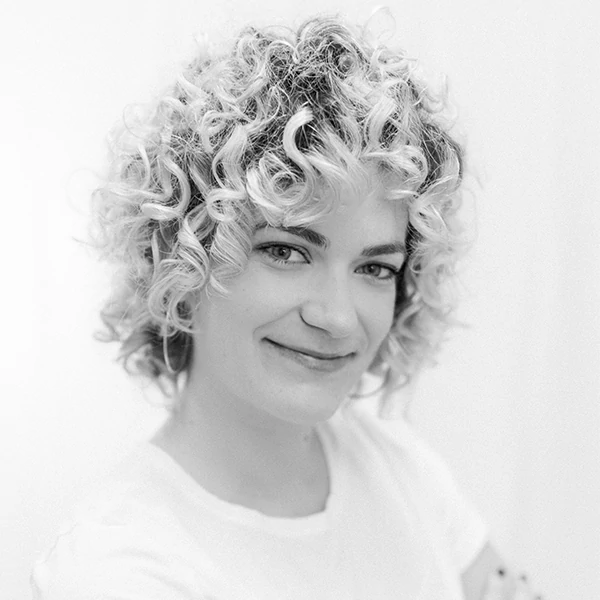
“Every detail of this collection was inspired by Bauhaus, from the bold and structured patterning to the untraditional colour combinations and names of each colourway,” explains Alice Serres, Designer, Global Studio at Shaw Contract. “For example, each style name for the Commons pattern is inspired by the unorthodox ways they used certain materials within their architecture, like exposed beams and floor to ceiling windows. We wanted the authenticity of the collection to be evident throughout.”
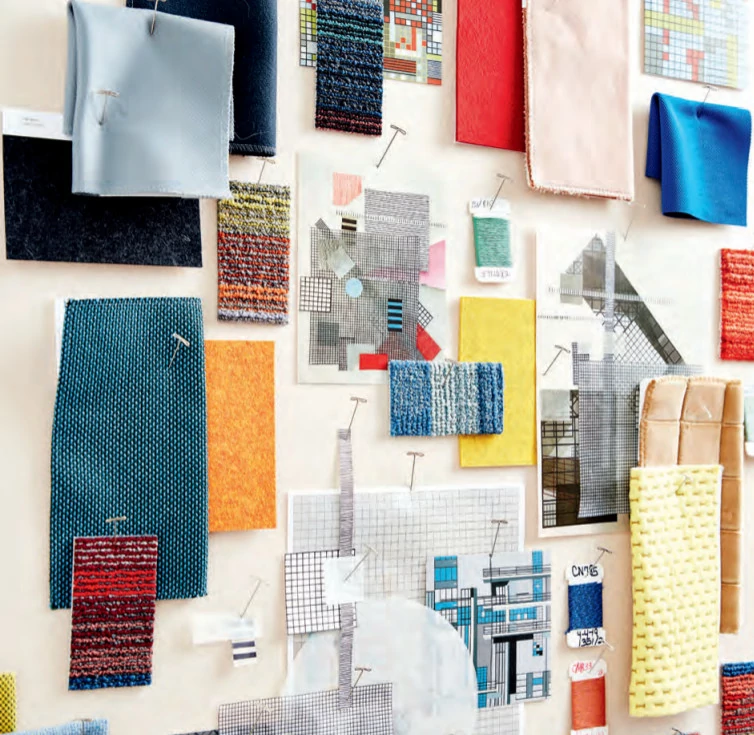
Q: What are the core components of the Bauhaus?
AS: In the early 1900s, creativity and manufacturing were drifting apart, and the Bauhaus aimed to unite them once again. As stated by Walter Gropius, the school would focus on “the needs of the people instead of the need for luxury.” Designers have since thought in terms of producing functional and aesthetically pleasing objects for society as a whole, rather than individual items for a wealthy elite. Today, even popular mass manufacturers like Apple are influenced by the Bauhaus, believing that design should be elegant and functional, true to its materials and above all else, simple.
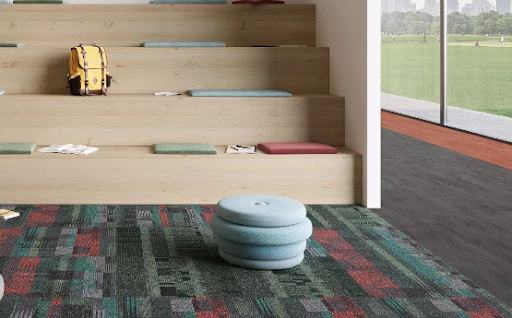
Q: The core of the movement is around making good design accessible. How did you enter into a textile/carpet design exercise with strict guidelines for mass production to start?
AS: It was clear that the design principles of the Bauhaus and its common theme of Function over Form needed to be clearly exemplified in this collection. The first step was to define what it meant to service a wide audience for this collection and make it easy to specify, install, and connect to the product. How could we develop a collection that would allow for easy installation, hide stains, and provide wayfinding. The design work that followed had to make sense for these parameters. The function was the driving force of the product and the design or form followed and was shaped into visuals and colours that support its function.
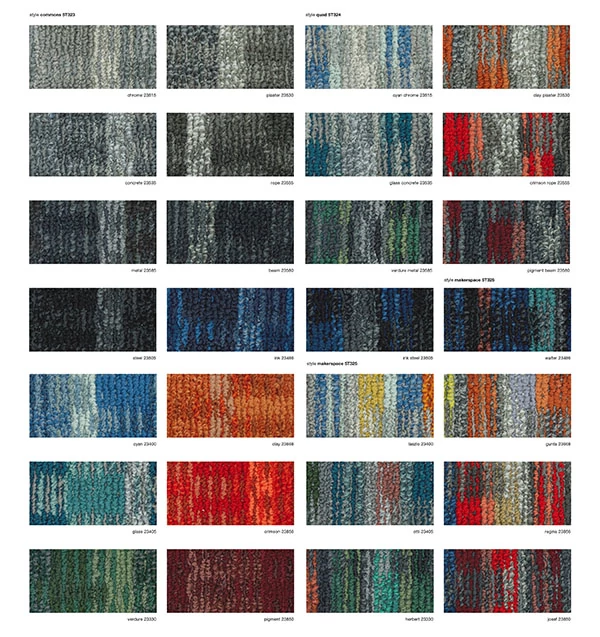
Q: How did your team bring Bauhaus inspiration to every element of the collection, such as the colourway names?
AS: The names of the colourways are inspired by materials and professors that were highly influential to the art school. It was clear to me that the transparency of materials in the Bauhaus designs was something that allowed the function to really shine. That’s why we decided that the materials used in the Bauhaus school needed to be incorporated into the collection, like, concrete, glass, exposed beams, etc. The professors and artists of the school are also represented in the Makerspace colorway names, such as Josef Albers and Gunta Stolz.
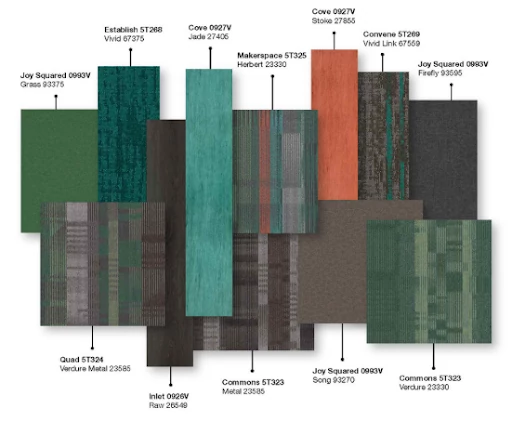
Q: The patterns and colourways for Campus are unique for the market. How was the design connected to other interior elements to ensure it would apply to a variety of spaces?
AS: Campus was intentionally designed to complement other flooring products in the Shaw Contract product portfolio, such as Joy Squared LVT. This intentionally ensures that this product designed for school environments could be part of a larger solution for an entire campus, as the name suggests.
Q: What makes this collection unique?
AS: Outside of the attention to detail to embrace elements of the Bauahaus throughout the collection, the most unique thing about this collection is truly how it makes good design accessible. Before Campus was anything more than an idea, we had the task of making a vibrant, multi-colour carpet tile, that provided the durability that the demanding environments of schools need, with a patterning that could lay a foundation for dynamic learning, while also camouflaging any “oops” moments that happened in those same student spaces, at a price schools could actually afford. This was a tall order, and a challenging design exercise, but we accomplished each aspect through the Campus design process. We’re proud to be able to offer such a unique carpet tile that will support learning spaces for years to come.
For additional insight from Doug Grimmett, Graphic Design History Instructor at Georgia State University and CEO and Founder of Primal Screen, visit Learning by Design Magazine.
June 23, 2020